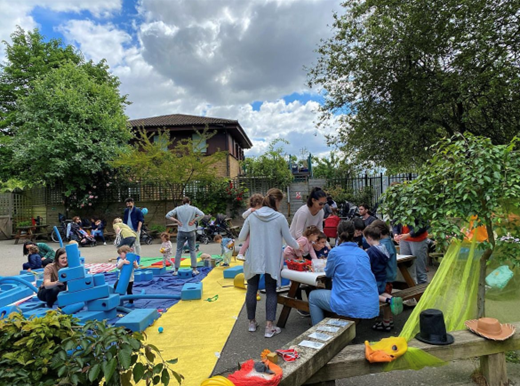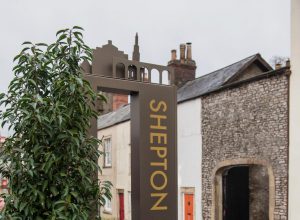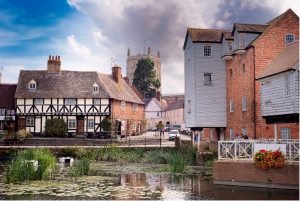In this blog post we’ve teamed up with marketing specialist Luma Marketing to take a closer look at how branding and placemaking work together to create successful places.
What is branding?
Branding is a crucial aspect of any successful venture, and an important tool used to tell the story of a product, service or place.
The first purpose of branding is to create an emotional response and inspire action. A marketer’s job is identifying what we want that response to be, and then getting people to respond, which is usually to buy something (hence the “call to action” that you’ll always see).
The second purpose of branding is to create differentiation: choose this business, this place, this thing over that one over there.
To create a brand for a business we take a deep dive into a company to clarify its identity, where it’s headed and what emotional response you’re seeking.
What is place branding?
Fundamentally it’s still about creating an emotional response.
It’s about getting people to feel a certain thing when they visit a place. When you brand a place you’re shaping its own distinct identity. Why? Ultimately, it’s about encouraging people to buy.
That’s where the second purpose of branding – creating differentiation – comes in. Whether they’re investing in an education, a home or a workplace, the aim is to get people to choose this place to live, learn or play.
No doubt about it, places are not simply a collection of buildings with spaces in between. There’s a psychology to place. And pinpointing how a place makes you feel – or, how you want it to make visitors feel – is crucial to a place’s success. Branding supercharges a place’s visibility, draws consumers in and creates places that are full of life and opportunities.
How do you differentiate one place from another?
Is it the way it looks? The ease with which you can explore it? The way it makes you feel? Is it the character of the businesses that operate there? A place’s brand considers all these qualities that set one place apart from the next.
Covent Garden is a good example of a place with a strong brand. But how would you describe it? Perhaps cultural, lively, exclusive? More locally to us, there’s Manchester’s eclectic, creative and alternative Northern Quarter, recently named as one of the coolest places in the world (since a certain marketing agency moved in, of course).
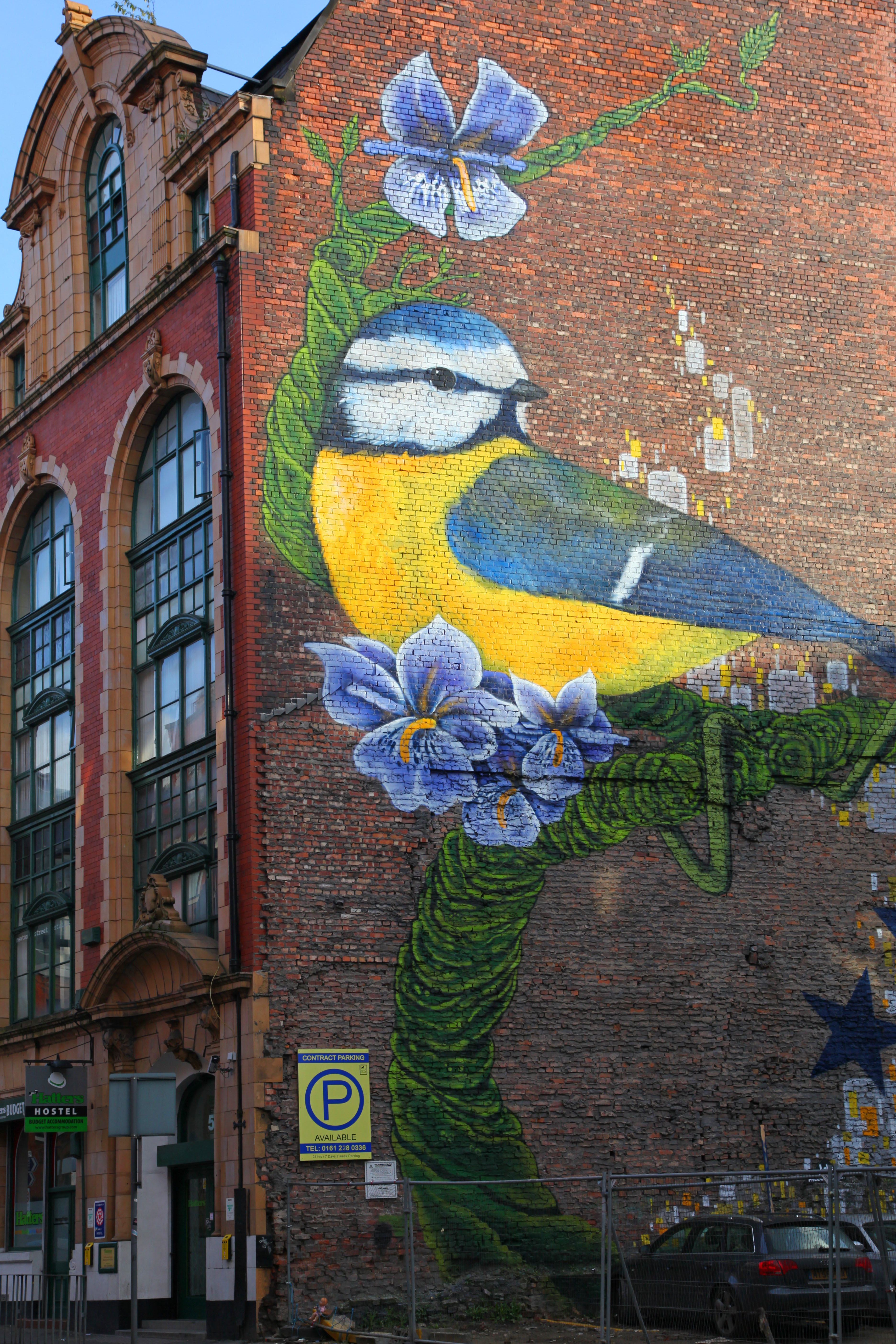
How do you influence a place’s brand?
In fact, every place already has a brand. It’s either known as somewhere lively and exciting (like Covent Garden), somewhere not worth your time (insert your own suggestion here!) or somewhere in between. And that identity feels more or less appealing to different people.
The job of the branding team is to get under the skin of a place to understand its unique character and function, and to craft a compelling story that draws people in.
It’s harder than it sounds. This isn’t the latest beauty product we’re talking about. Whether it’s a town centre, retail park or university campus, each place is organic and contains dynamic contrasts; turn a corner and it can look completely different. The identity of a place isn’t something you can impose: it’s organic and owned by the people who live or work there. Just like with a company: your values and personality are organic and live in your everyday behaviour and decisions. Brand is more than a funky website.
And places change over time too. Over the course of a day, a week, through the seasons and over the years. And yet the built environment itself – the streetscape, the infrastructure – remains largely static.
This is where the magical powers of branding, architecture and wayfinding collide.
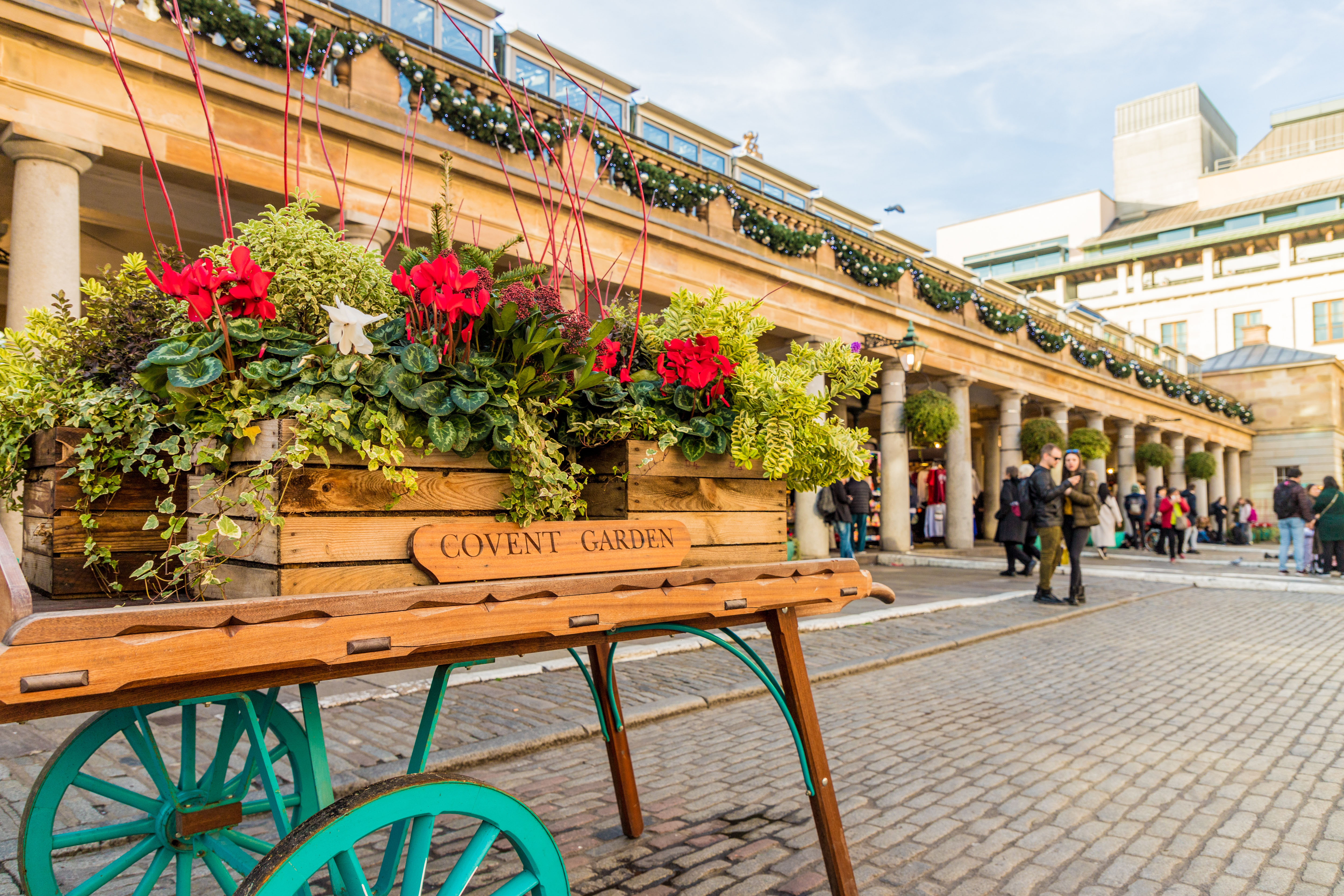
Time travelling abilities
We, at Luma, often say that marketers are time travellers. We exist around 12 months ahead of normal humans (how else would we be able to plan for your company’s 50th birthday next year?). Placemakers – architects, planners, urban designers, wayfinders – on the other hand, exist in two time zones at once. With their feet firmly planted in what is, they can see the potential of a place – what it will be – in 10 or 20 years’ time.
Together, with our time travelling abilities and a properly informed understanding of your place and its role in the wider urban form, marketers and placemakers are uniquely placed to craft the right brand strategy that will deliver, not just now but for the generations to come.
The end result of a place branding exercise is a beautiful set of brand guidelines; a coherent and compelling tool to guide future development in a neighbourhood, from buildings and landscape architecture to signage and street furniture. But, of course, brand is about more than good design. It’s based on detailed market research and a proper understanding of how your place functions, and where it’s headed in the years to come.
You can see this in the success of Manchester’s Northern Quarter, a brand identity that Luma’s Lucy saw the creation of over 20 years ago. The careful curation of activity and uses over the past two decades (not a chain store or café in sight) hasn’t happened by chance.
The goal in place branding is to achieve a distinct character for a place, which encompasses differences and allows for it to evolve naturally. After all, the timescale for placemaking is decades, not years.
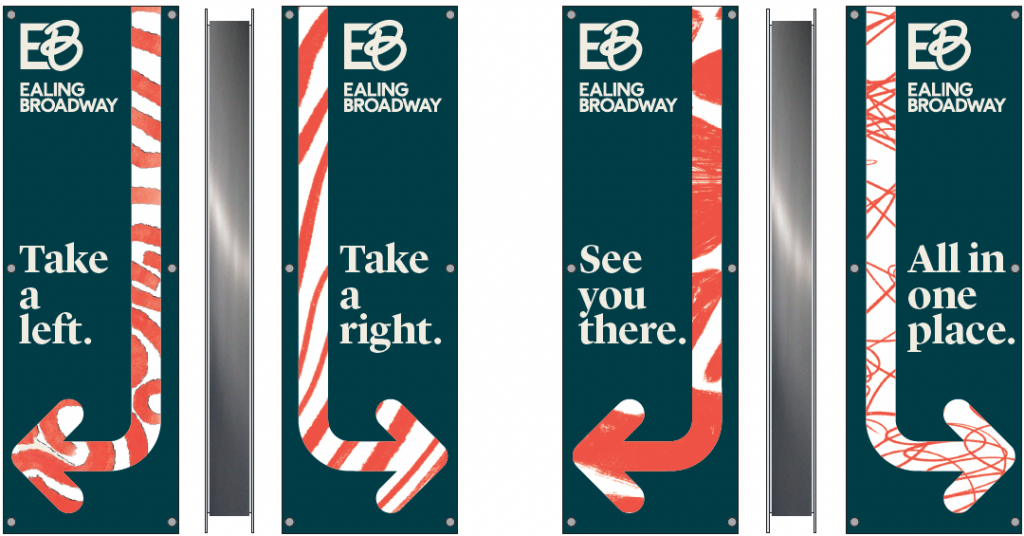
A fresh brand for Ealing Broadway
Wayfinding forms one of the key aspects of place branding. It’s the outworking of the carefully devised brand strategy.
Because if you want your strategy to work – if you want to draw people in – then visitors first need to find your place, know when they’ve arrived, and move around it appropriately.
We work with branding agencies to take a branding concept and devise a wayfinding strategy that reinforces the brand, strengthening a place’s identity and influencing visitor experience.
We’re working with British Land on their fantastic new brand concept for Ealing Broadway in west London.
Ealing Broadway is a shopping centre in the heart of Ealing, originally opened in the mid-1980s and has since been the subject of refurbishment. Yet it’s starting to feel tired and, with the competing pulls of online shopping and changing working patterns, it’s in need of a refreshed brand identity.
The shopping centre’s new brand hits the nail on the head. It identifies Ealing Broadway as a place of dynamic and refreshing contrasts, and a place of connection, linking the city with nature and the suburbs to the world.
It’s enticing, attractive and spot on. And that’s because it’s based on in- depth knowledge of Ealing Broadway’s unique character and situation within the wider suburban context of west London. Because, of course, no neighbourhood exists in isolation. A strong place brand brings people in and then on their way again with a spring in their step.
Combining a strong brand and visual identity with an understanding of your visitor’s purpose, the right wayfinding strategy will ensure that people respond emotionally to your place, stay longer and, importantly, choose to buy.
“I’ll meet you at Stevenson Square and we’ll take it from there”.
Now that sounds like a great start to an adventure, don’t you think?
Get in touch and we’ll help you create distinctive places where visitors stay a little longer and explore a little further.
First published on Place North West.

